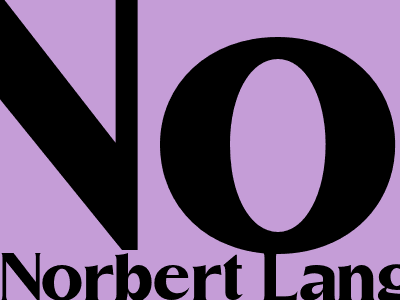Effective Use of White Space in Web Design
The Power of Blank Space: Enhancing User Experience and Visual Appeal
In web design, white space, often referred to as negative space, is an essential element that exerts a significant impact on the overall user experience and visual appeal of a website. It plays a crucial role in enhancing readability, improving visual hierarchy, and creating a sense of balance and harmony.
Utilizing white space effectively entails strategically placing empty areas around different design elements, such as text, images, and navigation menus. This intentional use of blank space contributes to improved content comprehension, as it provides breathing room for the eye to process information without feeling overwhelmed.
Benefits of Effective White Space in Web Design
- Enhances Readability: Ample white space surrounding text improves readability by reducing visual clutter, allowing readers to focus on the content without straining their eyes.
- Improves Visual Hierarchy: Strategic use of white space helps establish a clear visual hierarchy and guides the user's attention towards important elements, enhancing the overall user experience.
- Creates Visual Balance and Harmony: White space helps create a sense of balance and harmony within a web page layout, preventing it from appearing cluttered or disorganized.
- Improves Content Comprehension: Adequate white space around text and design elements reduces cognitive load, enhancing the user's ability to understand and retain information.
- Enhances Aesthetic Appeal: White space brings a touch of elegance and sophistication to web design, contributing to a more visually appealing and pleasing user interface.
Effective Techniques for Utilizing White Space
- Surrounding Text: Providing sufficient white space around text, both horizontally and vertically, significantly improves readability.
- Separating Elements: Strategic use of white space between different design elements, such as images, text blocks, and navigation menus, helps separate them visually and enhances the overall organization of a web page.
- Balancing Design: White space can be used to counterbalance heavy or dense design elements, creating a more harmonious and visually pleasing layout.
- Guiding User Attention: Employing white space to lead the user's attention towards important elements, such as call-to-action buttons or key information, is an effective way to guide their journey through a web page.
- Creating a Focal Point: Using white space to create a focal point draws the user's attention to a specific element, highlighting its importance within the page's design.
In conclusion, white space plays a vital role in web design by enhancing user experience, improving visual appeal, and aiding content comprehension. By effectively utilizing white space techniques, designers can create user-friendly, aesthetically pleasing, and highly functional websites that effectively communicate their message and engage visitors.

Komentar